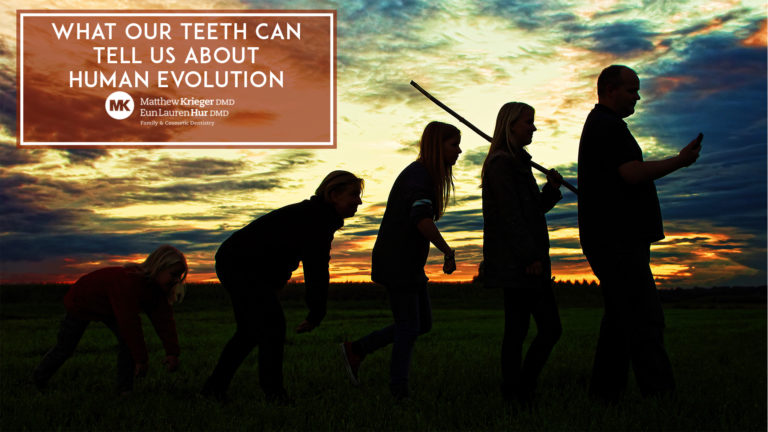Losing a first tooth is a big deal for anybody, but when you know the Tooth Fairy is coming to collect it, that can really make things interesting. Of course, you and I know that the Tooth Fairy isn’t quite what she seems, but as long as it helps your kids shake their fear of shedding those baby teeth, it seems a pretty harmless story.
Because of the prevalence of Tooth Fairy traditions in our culture, I got to wondering about her — what’s her background, where did she even come from? Turns out that some of the traditions related to the Tooth Fairy are at least as old as the Vikings.
Many Teeth, Many Fairies
The tradition of tand-te, translated to “tooth fee,” started with the early Northern Europeans and appears as a practice in their original written records. When a child lost a first tooth, they were paid for the tooth, which was then buried to prevent hardship in the next life. In addition, fathers often wore the baby teeth of their children around their necks to bring them good luck in battle.
Over time, the tooth lore took a hard turn. The tooth that earned the goods became the sixth to fall out. Also, it wasn’t dear old Dad stealing those baby teeth anymore, it was a mouse or rabbit, depending on where you lived in Europe. In other areas, the Tooth Fairy was imagined as a beaver, cat, dog or squirrel.
The American Tooth Fairy Unveiled
Some historians believe the real root of the modern Tooth Fairy comes from an 18th century French story called “La Bonne Petite Souris.” In the story, a mouse comes to the aid of a good queen who is wrongfully imprisoned by an evil king. The mouse, incidentally, is actually a fairy undercover — and it packs a wallop. After breaking out the king’s teeth, it hides them under his pillow and has him assassinated. Happy endings were had for all?
Anyway, this story was re-released as a illustrated children’s book, translated into English, in the 1920s. Although it was pretty popular, it wasn’t long before Americans lacked the spare cash to be giving it up for worthless teeth. By the time World War Two was over, though, prosperity had returned and we were ready to pay for those pearly whites.
The modern Tooth Fairy first appears in a story in “Collier’s” magazine as early as 1949, but she didn’t manage to crack the World Book until 1979! Today, she’s spread throughout English-speaking countries, often displacing the friendly mouse that took Europe’s baby teeth from under pillows at night.
The Value of a Tooth
Ever wonder if you’re ponying up enough dough to your kids for those teeth? Well, Delta Dental did, too, so they started The Original Tooth Fairy Poll in 1998. Since then, they’ve been collecting data from dentists across the globe. Incidentally, they claim that for 12 of the last 14 year, tooth payments have tracked with the movement of the S&P 500.
This year’s average is $4.13 per tooth for US kids, $5.25 for kids in Canada.
Next time your child has a wiggly tooth, give us a call before you call in the Tooth Fairy. The offices of Drs. Krieger and Hur offer family dentistry, too. It’s just as important to keep up with your kids’ oral health as it is your own. They may be baby teeth, but they still reflect the level of care the rest of the mouth is receiving.
Getting an appointment couldn’t be faster or easier. Just give us a call today at 201-560-0606 or drop us an email!


